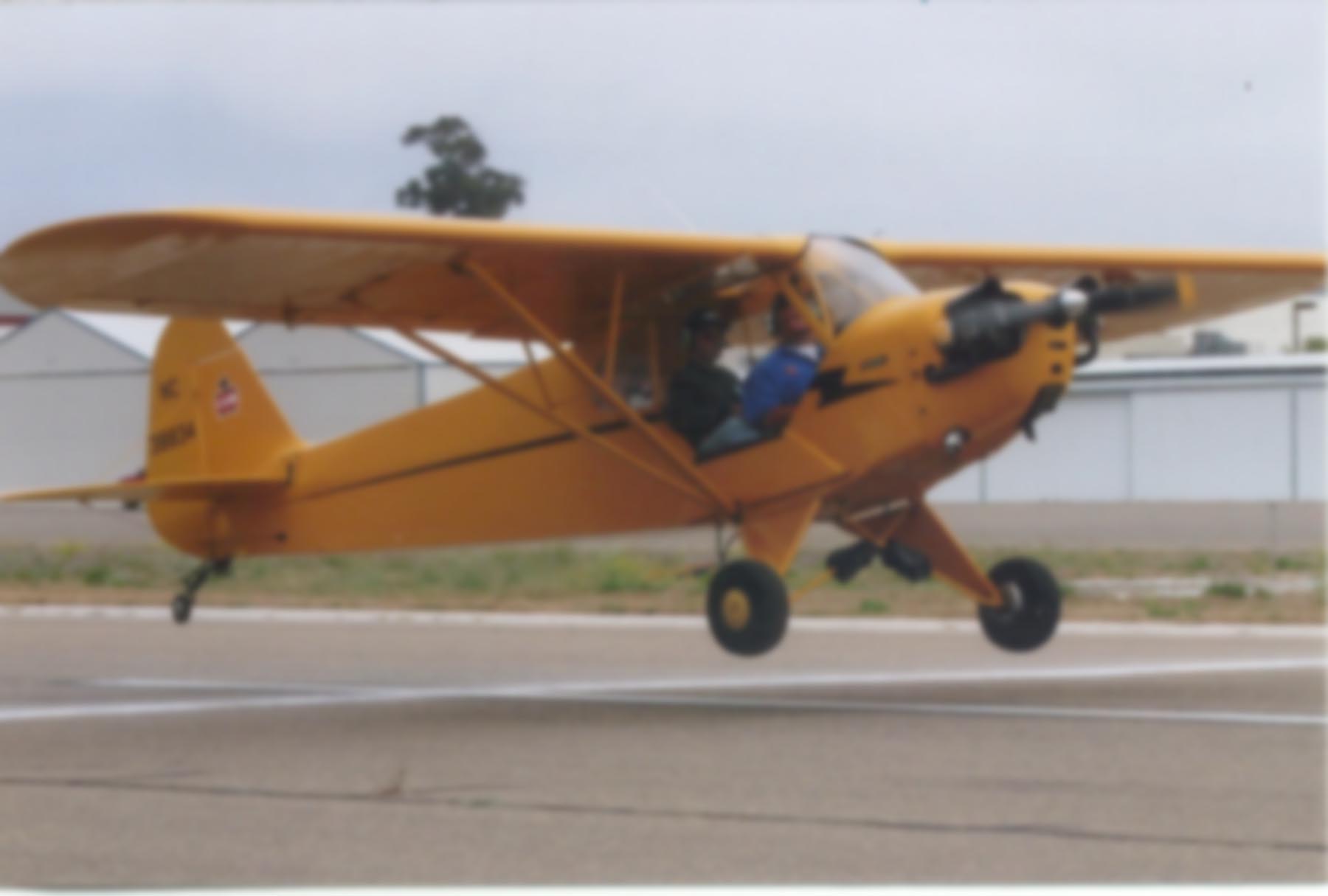Clear communication is important in virtually every aspect of life. From business deals to formal schooling to everyday interaction with friends and family, life flows a lot smoother when communication is clear and concise.
This holds especially true in aviation. Unfortunately we already have many things going against us in the cockpit when it comes to clear communication with air traffic controllers. The environment is loud, radio transmissions are often stepped on, and standard phraseology is not always utilized. Controllers are sometimes guilty of this last item, but in my experience it’s far more often the pilots who are at fault. I could write for days about that one.
Even when standard phraseology is used, communication can remain unclear. That’s one of the reasons (ICAO standardization being the other) the instruction “taxi into position and hold” was recently replaced with “line up and wait”. Some pilots, especially those from abroad and/or those for whom English is not the primary language, confused “hold short” (don’t enter the runway) with “position and hold” (taxi onto the runway and stop).
“Line up and wait” is the standard throughout the rest of the world, so even though to my ear it sounds like a description of a day spent at Disneyland, it was adopted by the U.S. about a year ago.
One of my co-workers likes to use the multiple definitions of ‘class’ to illustrate how the FAA can muddy the waters with its choice of words. In the aviation world, class can refer to medical certification, pilot certification, or a sub-category of aircraft.
Another word which can cause confusion is “short”. As in, short approach, short runway, land-and-hold “short”. Each of those means something different to an aviator. But it’s also an area of potential miscommunication between pilots and controllers.
That’s why the FAA has recently announced a new rule for the use of the word “short” as it relates to a runway that has been shortened by temporary construction:
ATIS – When a runway length has been temporarily or permanently shortened, the word “WARNING†will preface the runway number, and the word “shortened†will be included in the text of the message. The ATIS will include the available runway length, as stated in the NOTAM, and must be broadcast for the duration of the construction project.
Example: “Warning, Runway One-Zero has been shortened, niner-thousand eight hundred and fifty feet available, consult NOTAMs.â€
Departure Information – ATC will not use the term “full length†when the runway length available for departures has been temporarily shortened. The use of the term “full length†could be interpreted by the pilot(s) as the available runway length prior to the runway being shortened. Whenever a runway length has been temporarily or permanently shortened, the word “shortened†will be used immediately following the runway number as part of the lineup and wait clearance.
Example: “(Call sign), Runway Two-eight shortened, line up and wait.â€
“(Call sign), Runway Two-eight shortened, cleared for takeoff.â€Landing Information – The addition of “shortened†must be included in the landing clearance for the duration of the construction project when the runway is temporarily shortened. Note that the use of the term “shortened†in this case has nothing to do with short approaches or short field landings and everything to do with jogging your memory (NOTAMs and ATIS were your first awareness) about the condition of the runway in use.
Example: “(Call sign), Runway Two-eight shortened, continue.â€
“(Call sign), Runway Two-eight shortened, cleared to land.â€ATC phraseology will include “warning†and “shortened†for operations on permanently shortened runways for at least 30 days or until the Airport/Facility Directory has been updated, whichever is longer.
Bottom line, whenever you hear ATC use the term “shortenedâ€, this is your cue that the runway you are about to use has been shortened and has a relocated threshold on at least one end. If that surprises you in any way, get all the information you need prior to using the runway!
I like this change. The terminal environment presents a pilot with the highest workload of their flight — the landing and takeoff phases. And it’s a well known fact that most accidents take place on the ground, so anything which clarifies communication is welcome.
My guess is that if you’re a recreational pilot who flies a typical four or six place GA airplane, you’ll look at this change and shrug. So the runway’s a little shorter, so what? A shortened runway is probably not a big deal to most piston-powered aircraft.
But a jet typically uses far more of the available runway at a given airfield, and missing a NOTAM about a shortened runway can have severe consequences. Not only do jets use more runway for takeoff and landing, but they fly those phases at higher speeds and weigh a lot more. In other words, far more kinetic energy to dissipate when something goes wrong.
By the way, I discovered this change through a subscription to the FAA Safety web site. I highly recommend signing up for their email announcements. The FAA’s web-based offerings have improved dramatically in usability and content over the past few years.
